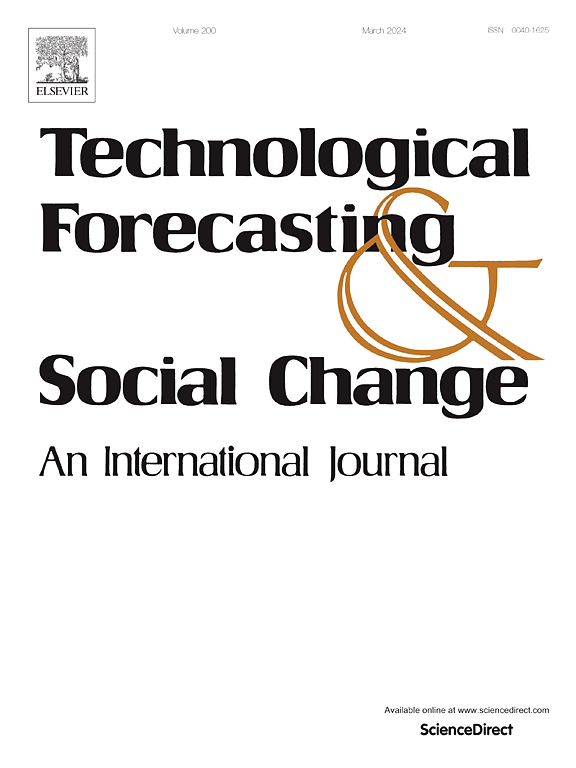Carbon taxes vs. cap-and-trade: Do policy choices influence enterprise emissions dynamics and strategic responses?
IF 13.3
1区 管理学
Q1 BUSINESS
Technological Forecasting and Social Change
Pub Date : 2025-08-11
DOI:10.1016/j.techfore.2025.124318
引用次数: 0
Abstract
Putting a price on carbon is widely recognized as a cost-effective strategy for reducing emissions, yet it imposes additional costs that manufacturers must manage to maintain production efficiency, particularly in high-emission sectors. This study develops a Stackelberg differential game model to examine manufacturer–retailer interactions under carbon taxes (CTs), cap-and-trade (CAT), and a hybrid mechanism. By capturing dynamic accumulation of emission reductions, the model derives equilibrium strategies concerning abatement efforts, wholesale prices, and order quantities. Numerical simulations then identify the conditions for Pareto improvements in profits and assess how key parameters affect equilibria and supply chain performance, thereby reinforcing subsequent arguments. First, higher CTs rate prompts the manufacturer to increase abatement efforts and wholesale prices while suppressing retailer orders and profits, which undermines long-term policy effectiveness. Second, elevated unit carbon prices within the CAT system strengthen emission reduction incentives and profitability for both supply chain members, though these effects are somewhat weaker under the hybrid scenario. Lastly, hybrid policy achieves superior environmental performance, while phased effects observed in the CTs scenario reflect varying degrees of economic adaptability among supply chain members. Findings may shed light on designing phased carbon pricing strategies that balance economic stability with long-term emission reductions goals.
碳税与限额交易:政策选择是否影响企业排放动态和战略应对?
对碳定价被广泛认为是一种具有成本效益的减排策略,但它给制造商带来了额外的成本,制造商必须设法保持生产效率,尤其是在高排放行业。本研究建立了一个Stackelberg微分博弈模型来考察碳税(CTs)、限额与交易(CAT)和混合机制下制造商与零售商的相互作用。通过捕获减排的动态积累,该模型推导出关于减排努力、批发价格和订货量的均衡策略。数值模拟然后确定帕累托利润改进的条件,并评估关键参数如何影响均衡和供应链绩效,从而加强后续的论点。首先,较高的消费税促使制造商加大减排力度和提高批发价格,同时抑制零售商的订单和利润,这破坏了长期政策的有效性。其次,CAT系统内单位碳价格的提高增强了供应链双方的减排激励和盈利能力,尽管这些影响在混合情景下略弱。最后,混合政策取得了更好的环境绩效,而在CTs情景中观察到的阶段性效应反映了供应链成员之间不同程度的经济适应性。研究结果可能有助于设计阶段性碳定价策略,平衡经济稳定与长期减排目标。
本文章由计算机程序翻译,如有差异,请以英文原文为准。
求助全文
约1分钟内获得全文
求助全文
来源期刊
CiteScore
21.30
自引率
10.80%
发文量
813
期刊介绍:
Technological Forecasting and Social Change is a prominent platform for individuals engaged in the methodology and application of technological forecasting and future studies as planning tools, exploring the interconnectedness of social, environmental, and technological factors.
In addition to serving as a key forum for these discussions, we offer numerous benefits for authors, including complimentary PDFs, a generous copyright policy, exclusive discounts on Elsevier publications, and more.

 求助内容:
求助内容: 应助结果提醒方式:
应助结果提醒方式:


